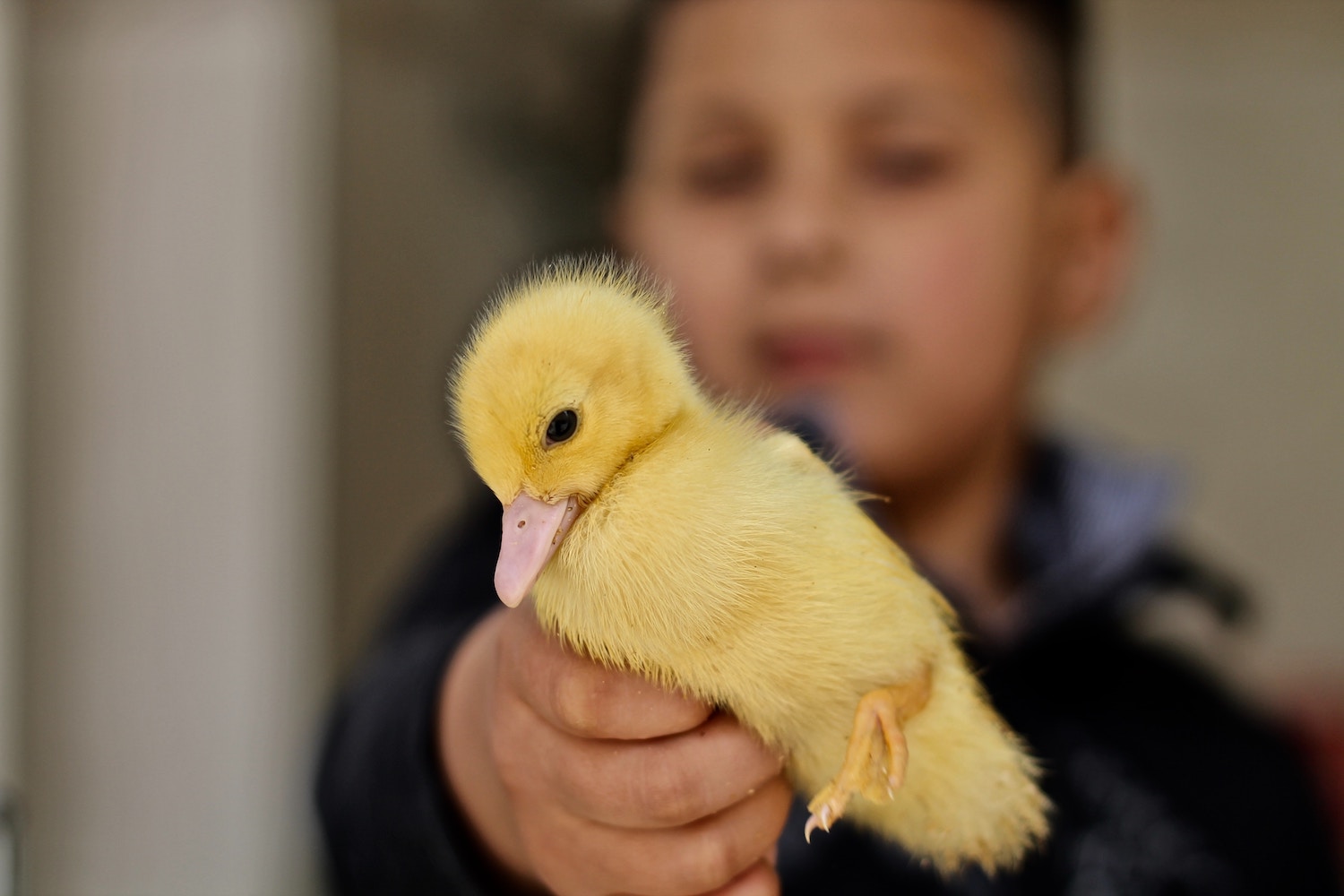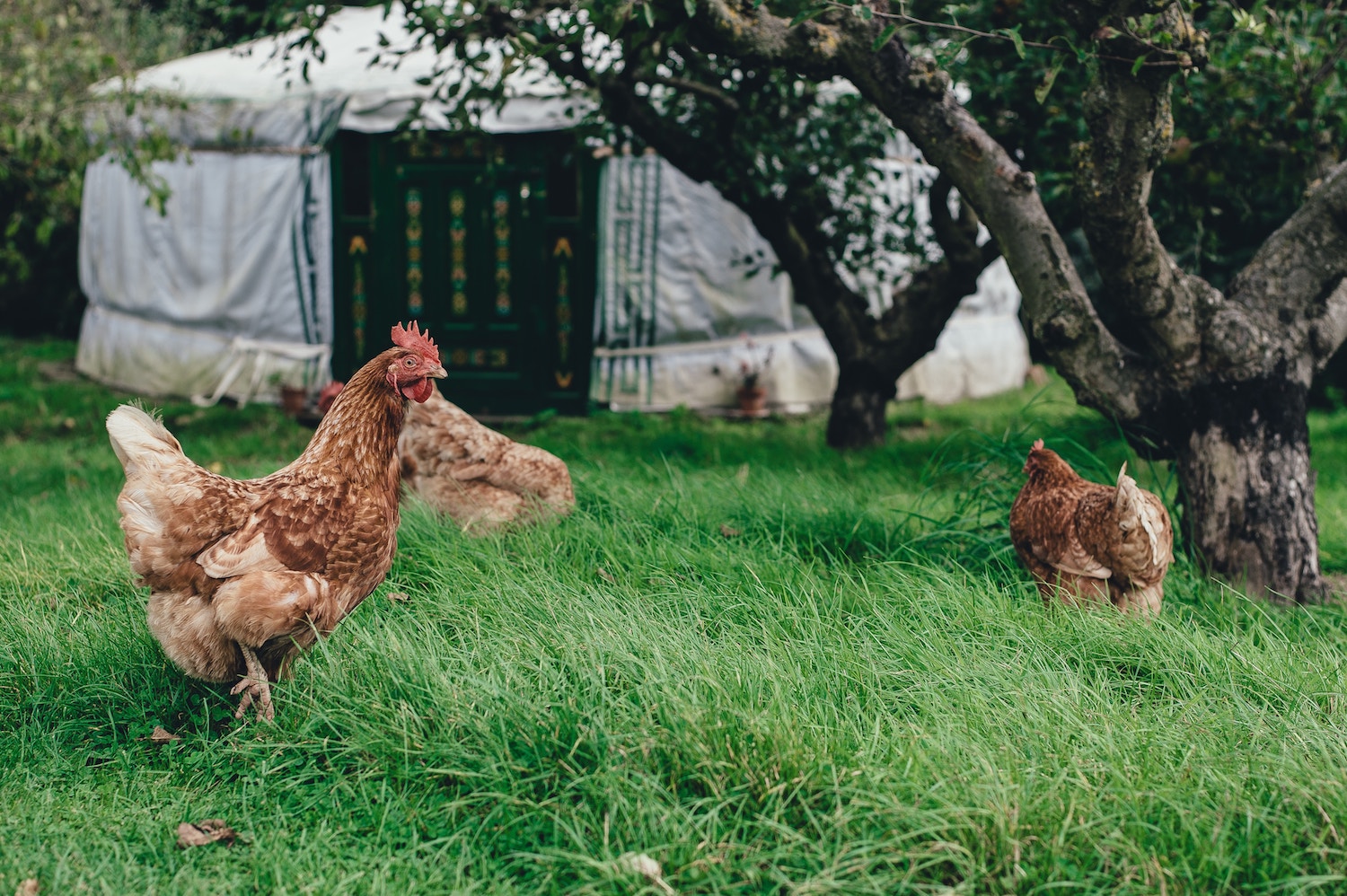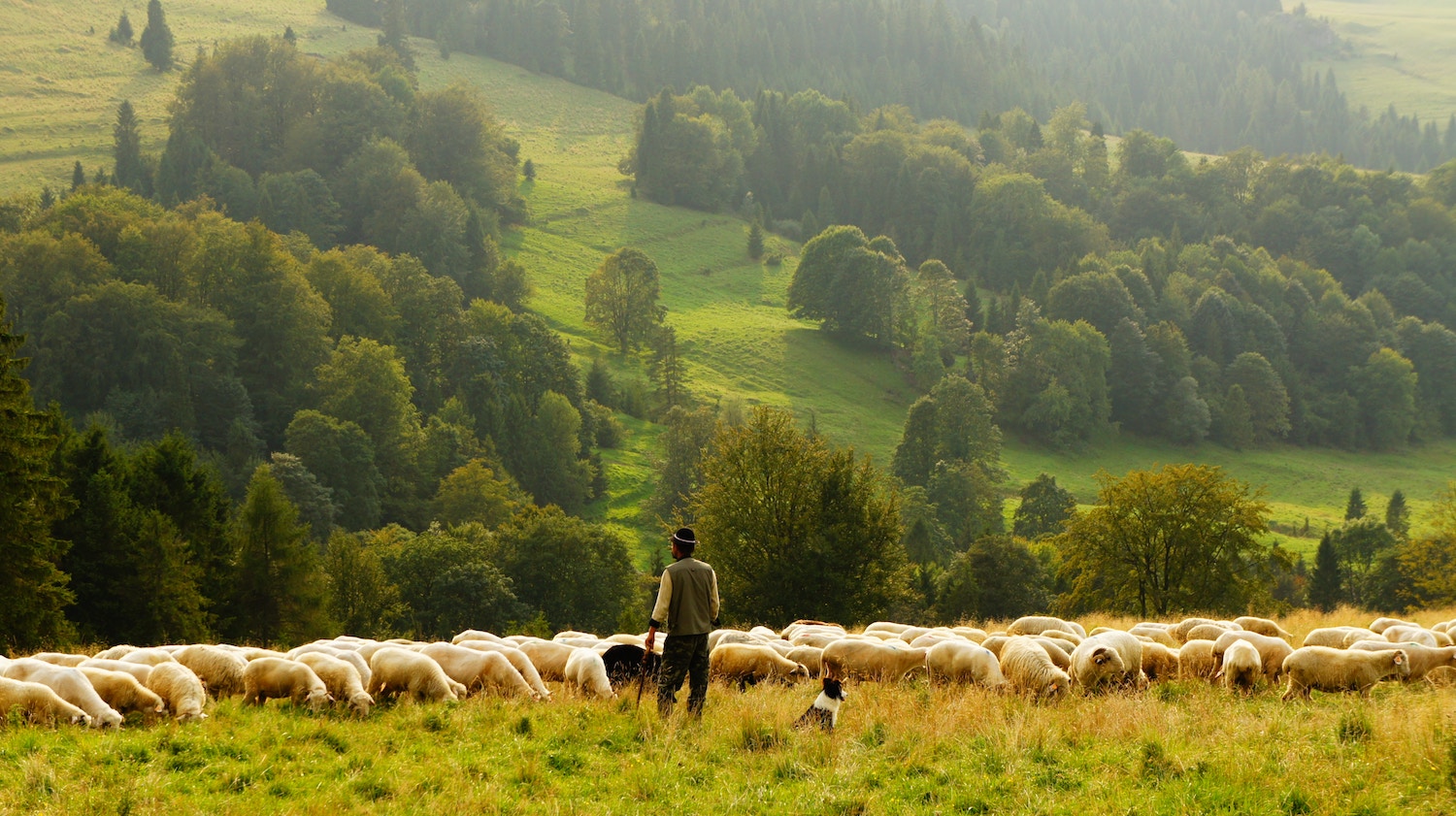
Zoonoses. No, it doesn’t have anything to do with noses. It hardly has anything to do with zoos either. Then what are zoonoses? And how do you pronounce the darn word? Technically, the term zoonoses follows the same pattern as other disease related terms, like mycoses. In it’s singular form, zoonosis is pronounced as zoo-o-no-sis. The –osis suffix is Latin from Greek expressing a state or a condition, or disease. In this case, a zoonosis is an infectious disease that can be transmitted between animals and humans. Transmission can be facilitated by a vector, which makes vector-borne diseases a subset of zoonotic diseases.
But the zoo- root of the word, meaning “animal,” is misleading. It implies that it is the solely by the paws or claws of the animal that the disease has become a problem, when in reality the blame can be more equally or heavily placed on humans and their activities. The root can also literally mean “living being,” however, and if we take this version instead we may get a better sense of the word zoonosis in a wider context.

Man’s best frenemy
The definition of zoonosis is one that is quite simple and easily explained. The implications of zoonoses, however, takes a bit more time to uncover. The story behind the word is that we as a species can share diseases with animals, even ones that are farther removed from us. However, it is another story whether we can accept this in our worldview and adapt to new events of zoonotic diseases.
Diseases have most likely been passed between humans and the animals they live in close proximity to ever since the time when humans began domesticating the animals. It is still a shock, or at least the media plays it out to be one, whenever a new disease passes from animals into people. The idea that people can die from something acquired from animals is still shocking and new for many. This point of view keeps us from ever being fully prepared for such an event.
Domestic animals can be divided into two purposes: pets and livestock. Pets are loved worldwide, and, while some pets cross the world to be with their owners, but they are still animals. Wildlife trade is dominated by the demand for wildlife as “exotic” pets, but the associated health risks to humans are not well known.
Another aspect of this is that demand for wildlife as pets creates jobs for people to collect wildlife from the wild. This requires humans entering natural areas, and extracting living beings to be shipped elsewhere. The people who do this as a living are not only exposed to their target animals, but also other animals that share the same habitat. The constant demand for wildlife pushes more and more people to take to the forests and bring home to the village (or town or city). More trips in and out could mean more chances to interface with animals, and then other humans.
Albeit we are more at risk of contracting diseases from mammal pets, we can still contract diseases from birds, fish, and other vertebrate taxa in extreme cases. This is not to say that we should not have pets, but perhaps the thing that we are purchasing from the shop should be viewed as a living, breathing entity (capable of carrying and transmitting disease) rather than an item that simply fulfills our wants or needs.

Life(stock)blood
The other group of domestic animals, livestock, are a vital group of animals that have supplemented the human diet and allowed for population growth. As much as they have been domesticated, they are still animals that have biological connections to non-domesticated animals. They can share food preferences, habitats, resources, parasites, and pathogens. Cross-species transfers of infectious diseases can lead to significant losses in livestock, and even in human lives. For example, Nipah virus crossed over from bats to pigs, and led to massive culling of pigs and several deaths in humans exposed to sick pigs. Once the interface between bats and pigs was cut off, the number of spill over events dropped to nearly zero, and human cases because even more rare.
You could argue that the entire world has become what it has because we as a species were able to get the necessary nutrition from animals that were domesticated for consumption. Traditionally, humans shared their villages and spaces with fowl and fauna that have now become the common chickens and cows. It’s a symbiotic relationship of sorts. However, rapid intensification of livestock raising has led to more immune-comprised animals, smaller living quarters, and less contact with natural areas.
While this system might feed more people, it creates a hotbed for disease transmission. A bird need only defecate to the cage below to expose a fellow chicken to disease. Disease can spread, and the natural systems to handle disease may not be equipped to handle it. The infected birds can make people sick, even if they haven’t started showing symptoms. It needn’t come down to a question of animal welfare, because it is already a question of human health.
To Nature: You’re great, but let’s just be friends
This theme is harkens to the view that animals are inherently different from humans, and that humans are special on this earth. It could be said though, from the point of view of pathogens, that humans are just another species to be conquered. The barrier for transfer of pathogens between animals and humans is lower than we would like to believe, in addition to our immune system being naïve to pathogens that evolved within animals. The fact that we can receive these pathogens and become sick is a fair sign that we are not as far removed as we tend to allow ourselves to believe.
Another fallacy is that only animals that look sick are a danger to people. Bats are some of the best sources of new viral infectious diseases, and yet they often do not exhibit signs of disease. Also, take for example avian influenza. It is a disease that can pass between wildfowl and domestic birds, and mutates often. Wildfowl often carry influenza, but do not get sick from it. They’ve coevolved with the viruses, and may also be more able to adapt to them as mutations and changes occur in the viral species. Domestic birds, however, may be vulnerable because of their lack of history with influenza viruses. Furthermore, because of lack of exposure or genetic implications of breeding for domestication, populations of domestic birds (livestock like chicken) can get sick and die off from the viruses before any evolutionary interaction with the viral species can occur.
This is not to say that wild animals are a direct danger to humans, and definitely does not mean we should kill them off. It just means that the relationships between wild and domestic are more complicated than just fencing in some animals and keeping others out. However airtight biosecurity operations may be, borders may still be permeable and imperfect. Immune systems of livestock, often overloaded with antibiotics, may still succumb to a novel pathogen. It is also arguable that we shouldn’t wish to have a perfect barrier, when maintaining one would cost bucket loads and even then would not be guaranteed. Rearing livestock to have better health and stronger immune systems could be a valid and robust defense. This would probably also be better for the people eating food products derived from the livestock (but that is yet another story).
Even in urban settings, zoonotic diseases are important to consider. Burgeoning metropolises are not immune to outbreaks, like dengue in Singapore, and, although wildlife are more unseen (by design or by cultural blindness), they are there and are active in the ecosystem. Or we may consider even the simple idea that urban areas are ecosystems too. This could get into a discussion about the fallacy of a boundary between civilization and nature, where the belief that there is clear separation is a failure to recognize that ecosystems are continuous not contiguous.
The idea that we can break ourselves off from Nature, and remain “just friends” whom we see on occasion, is just plain false.

Last thoughts
It is not such a new concept that diseases can pass between living things of different species, even though the term may be new to many people. Perhaps it is an artifact of a media industry that feeds on hot topics and then serves it out to the public. Scientists have been researching in this area for quite a while now, though they may only make it in the news when something major happens. In an industry is built on a competition among various interests, there is bound to be residual misinterpretations, overstatements, understatements, and the like. For instance, infectious diseases and non-communicable diseases can’t share the same limelight, AIDS and tuberculosis seem to compete with other big name diseases like malaria, and funding agencies tend to focus on measurable results that make good sound bites. Altogether, there is a general lack of understanding of why major outbreaks can occur and what activities and actions are driving these events.
Although it’s a technical term, wider understanding of zoonoses could bring health risks between humans and animals closer to home. Meaning, if we can accept our relationship with animals to be wider and more integrated than we currently do, we might be able to handle certain situations better. While we are busy delineating boundaries between ourselves, the natural world, and other living things, the reality is that there aren’t boundaries and it isn’t possible to create them if we wanted to. It might be that we naturally like to know the limits and what is the range of area that we should be concerned with so that we do not overwhelm our cognitive systems with too many inputs and concerns. That’s fair, but it doesn’t reflect reality. We need to be able to step out of that mental comfort zone occasionally to see what is out there and if any of the assumptions we’ve made need to be adjusted. Our lack of understanding or response to the implications of zoonotic diseases may be a sign that we are too much inside our bubbles and need to make it a priority to do a reality check.